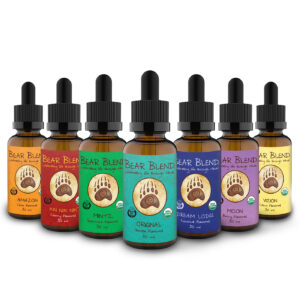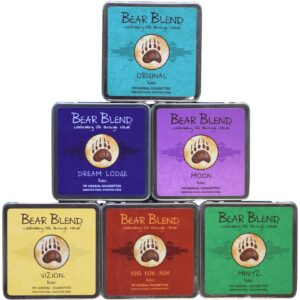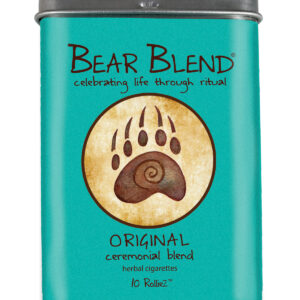$12.99 Original price was: $12.99.$6.99Current price is: $6.99.
| Flavor | Mugwort, Damiana, Calendula, Lavender, Marshmallow, Mullein, Peppermint, Rose Petals, Raspberry, Uva Ursi |
|---|
Smokable Herbs offer a refreshing, all-natural alternative to traditional smoking. Handcrafted with a selection of premium, organic herbs, our blends are free from chemicals, nicotine, and additives. Designed to promote relaxation, focus, and a sense of well-being, these smokable herbs provide a soothing experience for solo moments or as a complement to other herbal mixes.
Whether you’re looking for a natural way to unwind or enhance your mindfulness practice, Smokable Herbs deliver a smooth, flavorful smoke that respects your body and mind. Ideal for new and seasoned herbal enthusiasts alike, these blends are packaged to preserve freshness and are perfect for on-the-go or at-home use.
Q. What are Smokable Herbs?
A. Smokable herbs are blends of natural, organic plants designed to be smoked or used in other applications, like making herbal teas.
Q. Are these safe to smoke?
A. Yes, they are made with non-toxic, organic herbs, but consult your healthcare provider if you have respiratory issues or health concerns.
Q. Can they replace tobacco?
A. Smokable herbs can be a natural alternative for those reducing or quitting tobacco. They contain no nicotine.
Q. Do these herbs have psychoactive effects?
A. No, our blends are non-psychoactive and focus on relaxation and wellness.
Q. How should I store them?
A. Keep them in their resealable pouch in a cool, dry place to maintain freshness.






125 S 2nd St, Boonville, IN 47601
1211 Tutor Ln,
Evansville, IN 47715
817 Third Ave,
Jasper, IN 47546
751 Lincoln Ave,
Evansville IN 47715
812-790-2875
527 Emory Dr #107,
Owensboro KY 42301
506 Main St,
Vincennes, IN 47591
FDA Disclaimer: These statements have not been evaluated by the Food and Drug Administration. These products are not intended to diagnose, treat, cure or prevent any disease.
We are unable to ship Delta-8 THC products to the following states: Alaska, Colorado, Delaware, Idaho, Iowa, Minnesota, Montana, Nevada, North Dakota, Oregon, Rhode Islnand, South Carolina, Utah, and Vermont
We are unable to ship THC-A products to the following states: Arkansas, Idahao, Minnesota, Rhode Island, and Oregon
Privacy Policy | Shipping & Return Policy
| Terms & Conditions | Remedy Center © 2025 / All Rights Reserved
